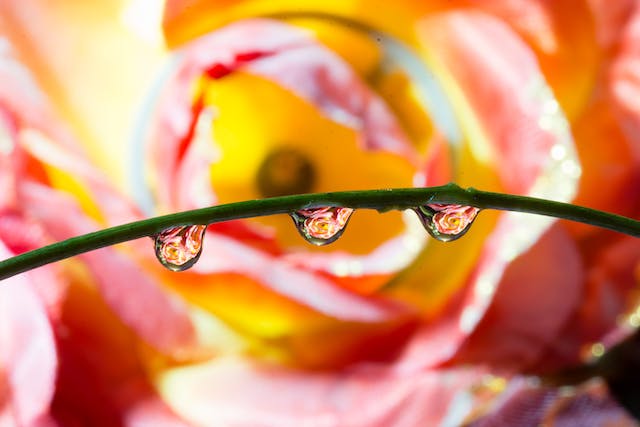From One Plant to Many: Simple Propagation
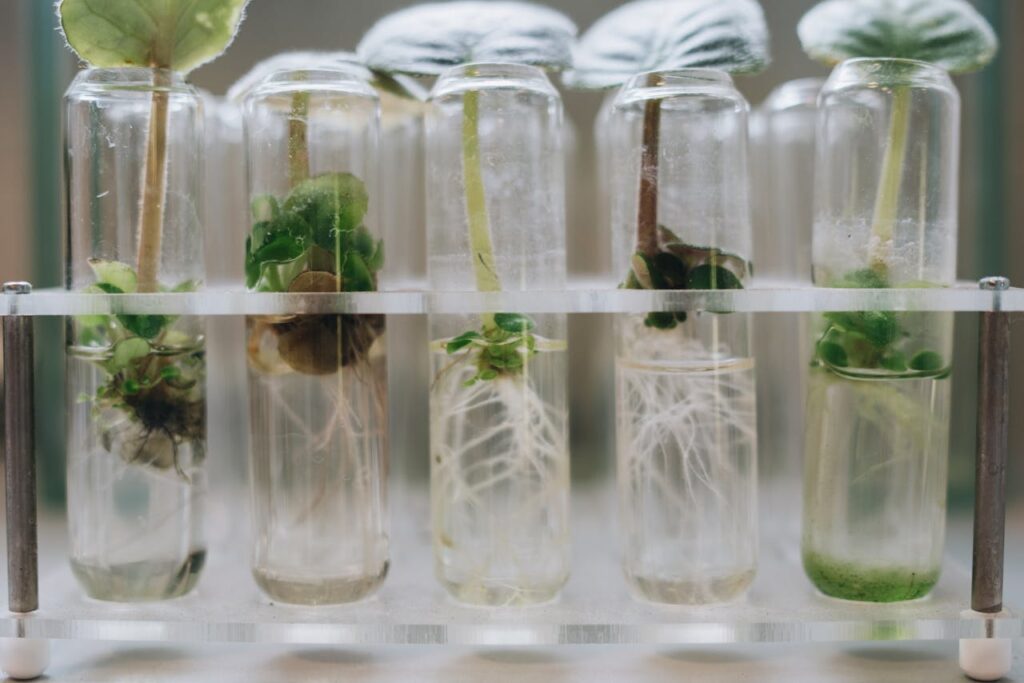
Introduction: What Is Plant Propagation?
Plant propagation is the process of creating plants from existing ones. It’s a gardening skill that combines scientific principles with hands-on artistry. Whether you’re a beginner gardener or a plant enthusiast, mastering propagation techniques opens up possibilities for expanding your garden.
Plant propagation mimics nature’s reproduction methods. Just as plants naturally spread through seeds, runners, or fallen branches that take root, we can guide these processes to create new plants. Gardeners have used this practice for years to preserve favorite varieties and expand their growing spaces.
The beauty of plant propagation lies in its accessibility. You don’t need expensive equipment or advanced botanical knowledge to get started. With basic tools like clean scissors, a glass of water, and patience, you can begin multiplying your favorite houseplants today.
Modern propagation methods have evolved to include traditional techniques passed down through generations and innovative approaches developed through scientific research. The simple act of placing a cutting in water to advanced methods like tissue culture, there’s a propagation technique suitable for nearly every type of plant.
Understanding plant propagation connects us more deeply with our plants. When you successfully root your first cutting or watch seeds you’ve started develop into mature plants, you gain insight into plant biology and growth patterns. This knowledge makes you an effective gardener.
There’s something magical about creating new life from a small piece of an existing plant. Many gardeners describe propagation as addictive – once you see those first tiny roots emerging from a cutting, you’ll want to try propagating everything in sight.

Why Propagate Plants?
Plant propagation offers practical and personal benefits that make it an essential skill for any gardener. Understanding these advantages will motivate you to start your propagation journey.
Save Money by Multiplying Your Favorites
One of the reasons to learn propagation techniques is the cost savings. A single houseplant can cost $20-50 or more at garden centers. Using propagation, you can create dozens of new plants from one parent plant at virtually no cost.
Consider this example: A mature Pothos plant costs around $25 at most nurseries. From one healthy Pothos, you can take 10-15 cuttings that will each develop into full-sized plants within 3-6 months. That’s $250-375 worth of plants from a single $25 investment.
Propagating garden plants offers greater savings. Perennial flowers, herbs, and shrubs can be expensive to purchase in quantity. Propagation allows you to fill entire garden beds for the cost of just a few parent plants.
Rejuvenate Aging Plants and Garden Spaces
Many houseplants and garden perennials benefit from regular propagation and division. As plants age, they become leggy, lose their compact shape, or develop bare spots. You can create fresh, vigorous plants while refreshing your existing collection.
Houseplant rejuvenation propagation is valuable for plants like snake plants, rubber trees, and philodendrons that can become top-heavy or sparse over time. Taking cuttings from the healthiest parts ensures you maintain the plant’s best characteristics.
Share Special Varieties with Friends and Family
Plant propagation creates opportunities for sharing. Gardeners develop “trading relationships” with fellow enthusiasts, exchanging propagated plants to diversify their collections without spending money.
Sharing propagated plants also preserve rare or heirloom varieties. When you propagate and share unusual plants, you’re contributing to conservation and ensuring special varieties thrive in home gardens.
Explore New Gardening Skills and Embrace Sustainability
Plant propagation methods expands your knowledge. It connects you with plant biology. Each propagation teaches you about plant growth, root development, and environmental needs.
Plant propagation reduces waste and packaging associated with purchasing plants. It decreases the demand for commercially grown plants. New plants involve plastic pots, long-distance shipping, and resource-intensive growing operations.

Main Methods of Plant Propagation
Understanding the different plant propagation methods is essential for choosing the right technique for each type of plant. Each method has advantages and works best with certain plant families.
1. Propagation by Seed
Seed propagation is the most common method of plant reproduction and offers advantages for home gardeners. Seeds contain the genetic blueprint for developing into mature plants. This method ideal for creating large quantities of plants economically.
Best plants for seed propagation include:
- Annual flowers like marigolds, zinnias, and sunflowers
- Vegetables such as tomatoes, peppers, beans, and lettuce
- Herbs like basil, cilantro, and dill
- Some houseplants including coleus and impatiens
The key advantage of seed propagation is genetic diversity. Unlike other propagation methods that create clones, seeds can produce plants with slight variations. The variation leads to improved disease resistance or unique characteristics.
Seeds require specific conditions to germinate successfully: consistent moisture, appropriate temperature (usually 65-75°F), and proper light exposure. Most seeds need to be started in a rich, well-draining seed-starting mix rather than regular potting soil.
2. Propagation from Cuttings
Cutting propagation is the most popular method among enthusiasts because it’s relatively quick and has high success rates. This method involves removing a healthy piece of the parent plant and encouraging it to develop its own root system.
Types of cuttings include:
- Stem cuttings: The most common type, taken from healthy stems with several nodes
- Leaf cuttings: Used primarily for succulents and some houseplants like African violets
- Root cuttings: Less common, used for plants like horseradish and some perennials
Popular plants for cutting propagation:
- Pothos and philodendrons (root in 1-2 weeks)
- Snake plants (leaf cuttings take 4-8 weeks)
- Rubber trees and fiddle leaf figs
- Herbs like mint, basil, and rosemary
- Woody plants such as roses and hydrangeas
The success of cutting propagation depends on the cutting containing nodes – the small bumps on stems where leaves emerge. These nodes contain the cells capable of developing into roots.
3. Division and Separation
Plant division is the process of splitting mature plants at the root level to create new plants. This method works well for plants that naturally form clumps or have spreading root systems.
Ideal candidates for division:
- Perennial flowers like hostas, daylilies, and ornamental grasses
- Houseplants such as snake plants, ZZ plants, and peace lilies
- Herbs including chives, oregano, and lemon balm
- Ferns and most clumping plants
Division propagation is typically performed during the plant’s dormant season or early spring when new growth begins. The process involves separating the root system while ensuring each division has both roots and shoots.
This method provides immediate results – divided plants are already established and often begin growing right after replanting.
4. Layering Techniques
Layering propagation encourages roots to develop on a stem while it remains attached to the parent plant. This method is useful for plants that are difficult to root from cuttings.
Common layering methods:
- Simple layering: Bending a low branch to touch soil
- Air layering: Creating roots on elevated branches using moist sphagnum moss
- Tip layering: Used for brambles like blackberries and raspberries
Best plants for layering:
- Difficult-to-root shrubs like rhododendrons and azaleas
- Climbing plants such as ivy and clematis
- Houseplants like rubber trees (air layering)
- Berry bushes and grape vines
5. Grafting and Budding
Grafting propagation combines two plants to grow as one unit. This technique joins a desired variety (the scion) with a hardy rootstock, combining the best characteristics of both plants.
Common applications:
- Fruit trees for disease resistance and cold hardiness
- Roses for improved root systems
- Ornamental trees for specific growth habits
Grafting techniques require more skill and practice. They’re essential for propagating many commercial fruit varieties and specialty ornamental plants.
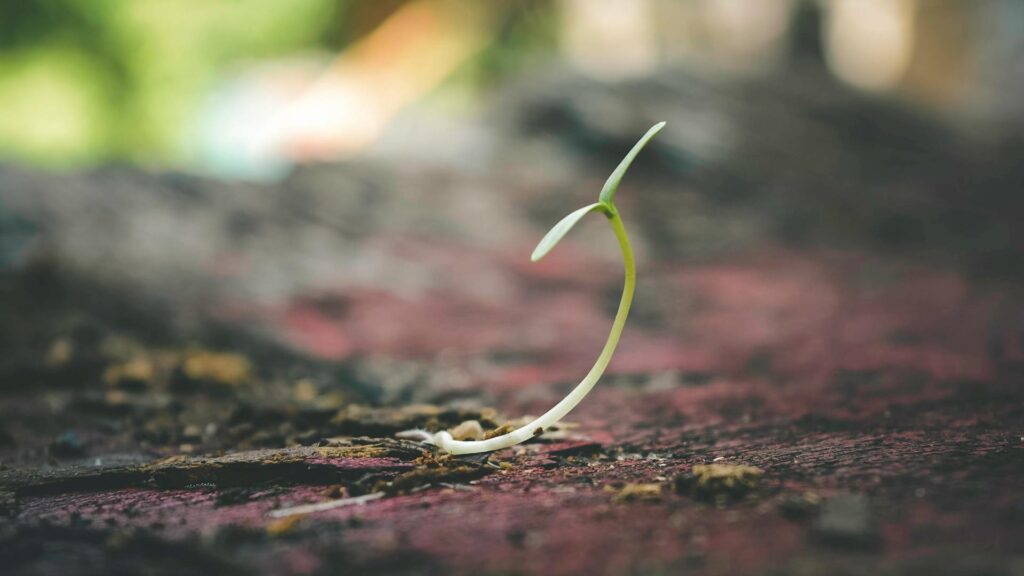
How to Propagate Using Plant Cuttings (Step-by-Step)
Cutting propagation is the method for beginners and offers reliable results with proper technique. This detailed guide will walk you through the entire process, from gathering materials to successfully transplanting your new plants.
Materials You’ll Need for Successful Cutting Propagation
Before starting your plant cutting propagation, gather these essential supplies to ensure the best chance of success:
Required materials:
- Clean, sharp scissors or pruning shears (sterilized with rubbing alcohol)
- Rooting hormone (optional but recommended for woody plants)
- Clear glass containers or propagation vessels (mason jars work perfectly)
- Fresh, filtered water or high-quality potting mix
- Healthy parent plant free from pests and diseases
Optional supplies that improve success rates:
- Small plastic bags for creating humidity domes
- Plant labels and waterproof markers for tracking
- Heat mat for consistent bottom warmth
- Grow light for adequate illumination
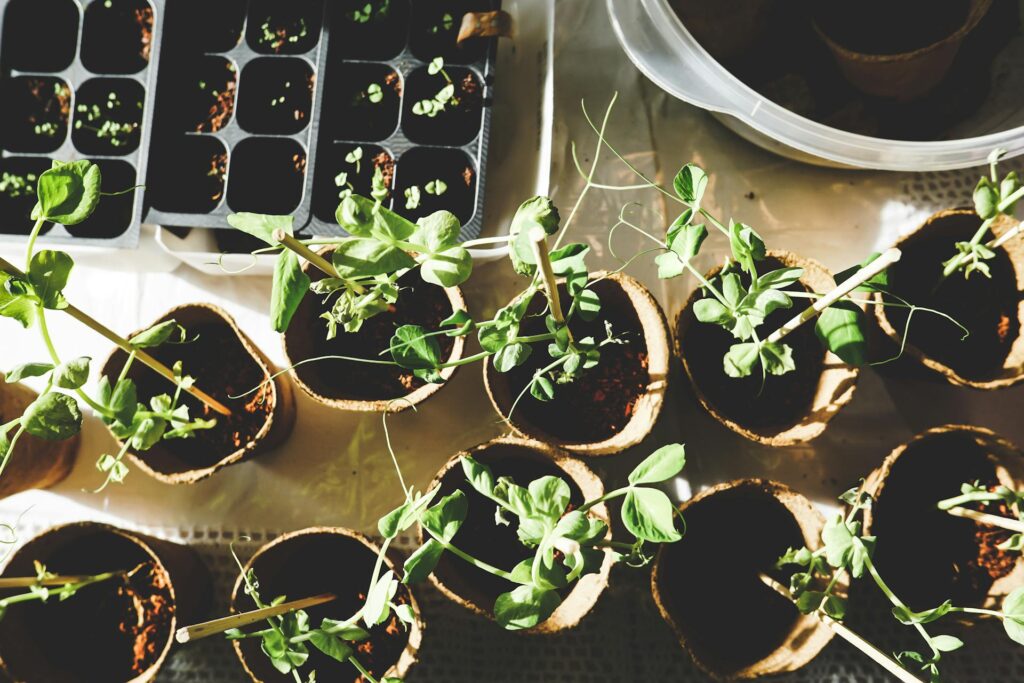
Step-by-Step Guide for Stem Cutting Propagation
Follow this proven process to maximize your cutting propagation success rate:
Step 1: Select and Prepare Your Cutting. Choose a healthy stem from your parent plant that’s 4-6 inches long and contains at least 2-3 nodes. Nodes are crucial – these small bumps or joints on the stem contain the cells that will develop into roots. Make your cut at a 45-degree angle just below a node using sterilized tools.
Step 2: Remove Lower Leaves. Strip away the bottom leaves from your cutting, leaving only 2-3 leaves at the tip. This prevents the cutting from losing too much moisture through transpiration while focusing energy on root development. Never remove all leaves – the remaining foliage is needed for photosynthesis.
Step 3: Apply Rooting Hormone (Optional). Dip the cut end of your stem into rooting hormone powder or gel. While not always necessary, rooting hormone contains auxins that significantly speed up root development and improve success rates, especially for woody plants like roses or fruit trees.
Step 4: Place in Growing Medium. For water propagation, place the cutting in a clear container filled with fresh water, ensuring nodes are submerged but leaves remain above water. For soil propagation, insert the cutting into moist, well-draining potting mix up to the first set of remaining leaves.
Step 5: Create Optimal Growing Conditions. Position your cuttings in bright, indirect light – direct sunlight can stress cuttings before roots develop. Maintain temperatures between 65-75°F for fastest root development. Cover with a plastic bag if needed to maintain humidity around 60-70%.
Step 6: Monitor and Maintain. For water propagation, change the water every 3-4 days to prevent bacterial growth and maintain oxygen levels. For soil propagation, keep the medium moist but not waterlogged. Most cuttings develop visible roots within 2-4 weeks.
Step 7: Transplant When Ready. Once roots reach 2-4 inches long and appear healthy and robust, your cutting is ready for transplanting. Gently tug the cutting – if you feel resistance from the roots, it’s ready for its permanent home in potting soil.
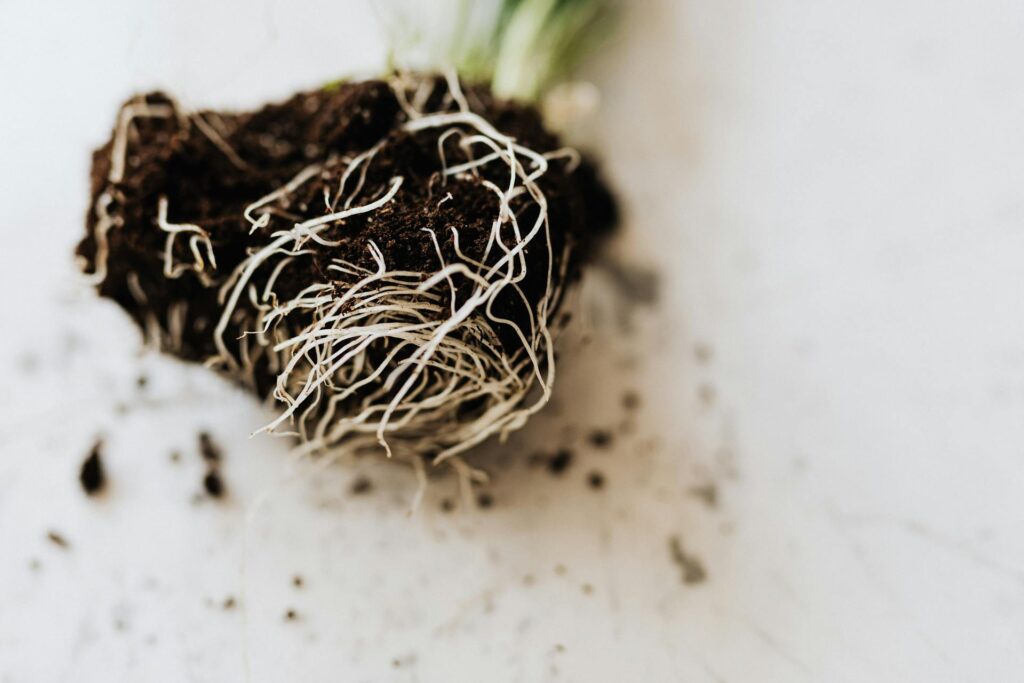
Essential Tips for Successful Plant Cutting Propagation
Sterilization is critical: Always clean your cutting tools with rubbing alcohol between plants to prevent disease transmission. This simple step can mean the difference between success and failure.
Choose healthy parent plants: Cuttings can only be as healthy as their source. Avoid taking cuttings from stressed, diseased, or pest-infested plants, as these problems transfer to the new plants.
Timing matters: Spring and early summer offer the best success rates for most plants due to active growth hormones and environmental conditions. Avoid propagating during dormant winter months when possible.
Be patient with different species: While pothos may root in 7-10 days, woody plants like fiddle leaf figs can take 6-8 weeks. Each plant species has its timeline – research your specific plant’s typical rooting period.
Track your progress: Label each cutting with the date and plant type. This helps you monitor progress and learn which techniques work best for different plants. Keep a simple propagation journal to record your successes and challenges.

Conclusion: Grow Your Garden with Plant Propagation
Plant propagation opens a world of creativity, sustainability, and abundance for every plant lover. Whether you’re multiplying expensive houseplants to fill your home with greenery or expanding your garden beds without breaking the budget, these time-tested techniques offer endless possibilities.
The journey from your first cutting to becoming a confident propagator is rewarding. Each new root that emerges and every healthy plant you create strengthens your connection to the natural world while building valuable gardening skills that will serve you for years to come.
Start small with easy-to-propagate plants like pothos or mint, then gradually expand your skills to tackle more challenging species.
